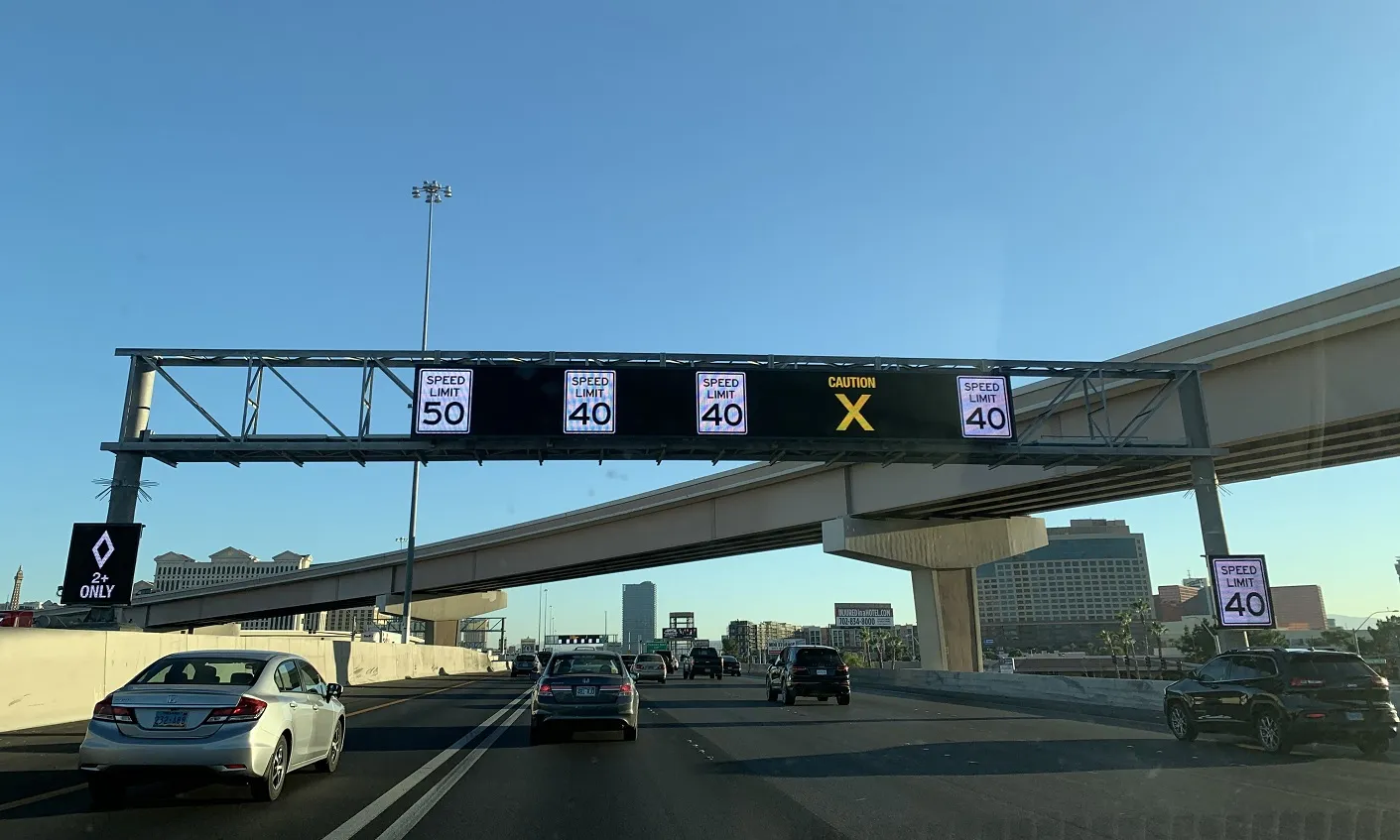The long-awaited US$420 million direct connection between I-95 and the Pennsylvania Turnpike has moved closer to reality with the approval of a US$155 million section of the work.
The Delaware Valley Regional Planning Commission has approved one section at a cost of US$155 million to allow the work to start in June, with completion targeted for 2018. The project will open to tender on 24 April 2014 and will involve widening and reconstructing about four miles of the turnpike where the connection with I-
January 28, 2014
Read time: 1 min
The long-awaited US$420 million direct connection between I-95 and the 774 Pennsylvania Turnpike has moved closer to reality with the approval of a US$155 million section of the work.
The Delaware Valley Regional Planning Commission has approved one section at a cost of US$155 million to allow the work to start in June, with completion targeted for 2018. The project will open to tender on 24 April 2014 and will involve widening and reconstructing about four miles of the turnpike where the connection with I-95 is to be built, together with three new turnpike bridges and piers for the flyover ramps for the new connection.
The Turnpike Commission and the6111 Pennsylvania Department of Transportation (DOT) expect to award the winning bidder on 5 June 2014; construction is targeted to commence later in the month.
The Delaware Valley Regional Planning Commission has approved one section at a cost of US$155 million to allow the work to start in June, with completion targeted for 2018. The project will open to tender on 24 April 2014 and will involve widening and reconstructing about four miles of the turnpike where the connection with I-95 is to be built, together with three new turnpike bridges and piers for the flyover ramps for the new connection.
The Turnpike Commission and the









